When curaJOY first started and began designing our program to improve all family members’ emotional wellness, we expected to mostly hear from parents concerned about their kids’ emotional wellness and social-emotional development. But it was youths—tweens and teens around the world who sought us out, asking for help to become happier and make more friends.
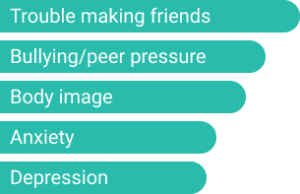

kids surveyed wished their parents cared more about their emotional well-being
What’s worse, 33 percent of educators say that sometimes what people call a learning disability is actually laziness, downplaying the very real stress and burnout people with learning disabilities experience. Because of this, teens are discouraged from seeking out help, believing that they’ll be seen as lazy if they try, or that they are just overreacting to the problems they face.
Over half of the people curaJOY surveyed believe they would benefit from counseling, coaching or other types of behavioral health support. The world is facing an unprecedented shortage of behavioral health professionals (therapists, psychologists). This shortage contributes to the low number of people receiving behavioral healthcare, but another issue is not seeking help. Our youth suffer in silence. Why?
In fall 2022, curaJOY interviewed more than 1,700 families in the United States and East Asia. Thousands of kids shared their struggles with bullying, peer pressure, friendships, and more. Over 50% of kids surveyed believe they would benefit from counseling or other types of support but cited parents’ attitudes as the main barriers to getting help.
Even perfectly typical kids without mental conditions are not immune to anxiety, burnout, or pressure. Many teens feel insecure about themselves for various reasons, from body image to academic success and social media life. Rigorous school life and exaggerated social media posts combined with pressures at home can make even the most cheerful teen feel as though they have nowhere to turn to—as though they are not good enough and never will be. So many teens feel this way to the point where suicide is the fourth leading cause of death in teenagers aged 15-19.
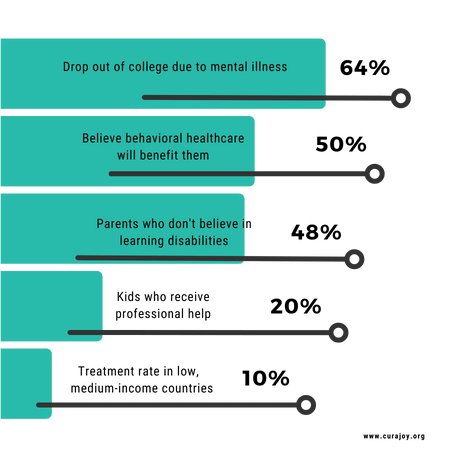
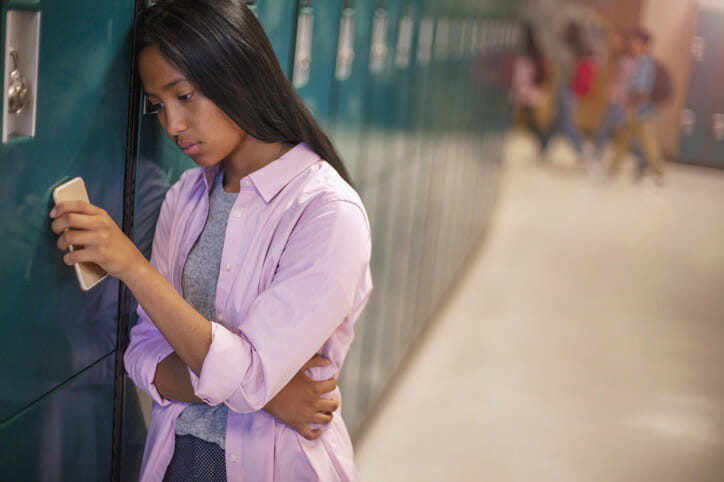
Although technology has dramatically pioneered ways to fight diseases and make life more comfortable, mental health has been mostly left in the dark. To most people, what’s going externally (i.e., physical health and education) are the only things needed to live a happy, successful life. But they don’t realize that youth mental health programs plays a significant role in health and learning. The brain controls the body. If the brain is stressed out and needs help, the body will become stressed. Health declines, and students struggle to learn. Over 50% of kids with emotional, behavioral, and mental health disorders drop out of school. It’s not because they’re immature or simple-minded, but because they didn’t get the mental health care they need and are dealing with stress in unhealthy ways.
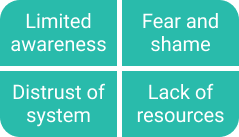
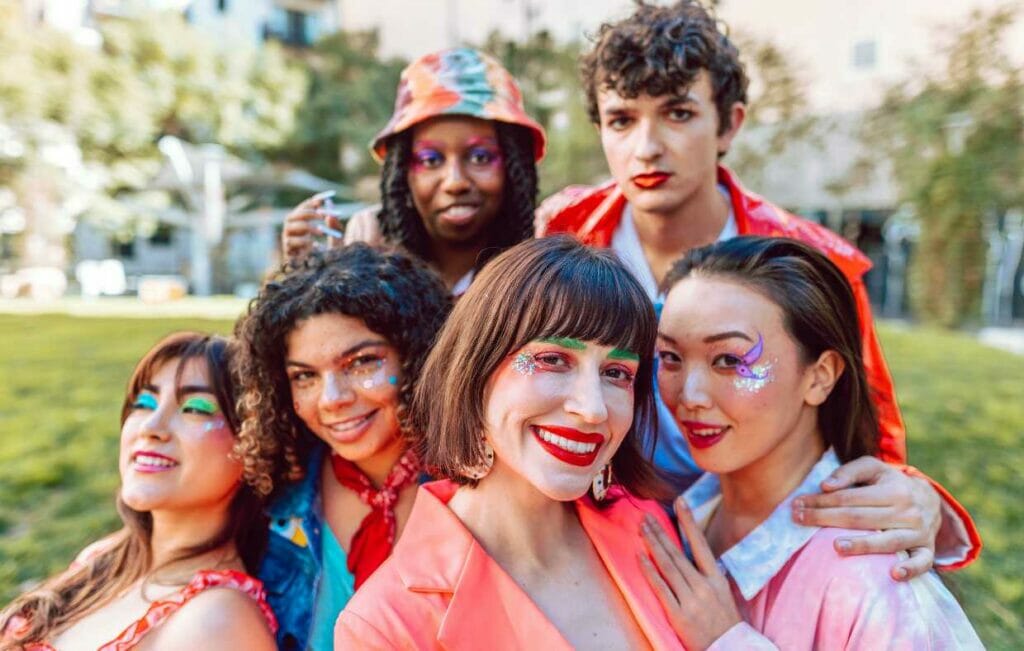
More than 52% of LGBTQ suffer from poor mental health of teenagers. This affects their physical wellbeing and educational outcomes.

According to the latest CDC research, more than 1 in 3 teenagers have seriously considered suicide. Adult stress during COVID seeped down to children who do not deserve yelling, put-downs, neglect, and beatings.
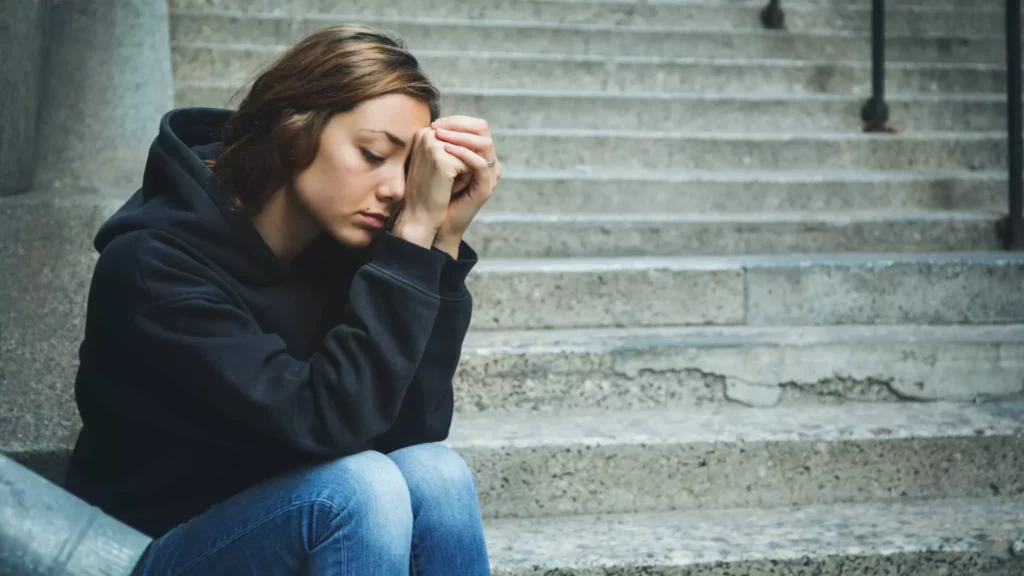
Teenage girls are emotionally distressed at a historic high, twice as much as teen boys. 1 in 5 experienced sexual violence just in the last year.
curaJOY creates a one-stop behavioral support program, MyCuraJOY, to serve as a safety net for youth who could otherwise only depend on their caretakers to recognize and accept their distress.
From WhatsApp to TikTok, young people share how cyberbullying impacts them and the fixes they believe in.Cyberbullying is one of the most pressing challenges facing young people today. To better understand its impact and explore what kinds of support actually help, we conducted a Youth Cyberbullying Support and Intervention Survey with 120 respondents. The results…
What does “college research” actually mean? Before this summer, I thought it was just a buzzword — something tour guides bragged about and brochures plastered across glossy photos. Then I spent ten weeks at Argonne National Lab doing high-performance computing research, and it clicked. I worked on integrating AMD’s GPU library (RCCL) into MPICH, one…
For those of you who don’t know, I’m in curaJOY’s impact fellowship. We are creating an annotated data set, algorithm, and intervention system for cyberbullying. It will be the first one of its kind made 100% by gen z. Our hope is that with our lived experience of the modern world, we will be able…
Breathing exercises my opp. Hello friends, welcome back to the Anxiety talk show. Just a few days ago, in my AP Psychology class, my teacher introduced us to positive affirmations. They’re part of the self-affirmation theory that claims that how individuals choose to react to information changes how they conceptualize themselves. Thus, saying positive things…
So a while ago in August, I went to SCDD’s San Diego Regional Youth Leadership Forum. It was pretty nice going there, there was lots of food, and the inspiring speakers like Toni Saia and Otto Lana talking about their experiences with the real world and what it means to them to have a disability, really left me…
When Netflix recommends your next favorite show or when your email filters out spam, that’s machine learning at work. Machine learning (ML) is a branch of artificial intelligence that allows computers to learn from data and make decisions without being explicitly programmed. Instead of humans writing every rule, the computer figures out patterns itself and…